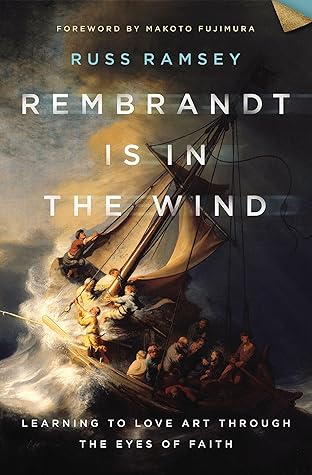More on this book
Community
Kindle Notes & Highlights
Our call to create stems from our first parents’ call to care for and beautify Eden. Every one of us has an ember of that fire still smoldering in our hearts. When we set out to make something beautiful, we’re drawing from that ancient instinct—however corrupted it may be from the fall—to care for and beautify Eden.
But we struggle to give goodness, truth, and beauty equal weight. C. S. Lewis described the struggle like this: The two hemispheres of my mind were in the sharpest contrast. On the one side a many-islanded sea of poetry and myth [beauty]; on the other a glib and shallow “rationalism” [goodness and truth]. Nearly all that I loved I believed to be imaginary; nearly all that I believed to be real I thought grim and meaningless.17
First, God is inherently beautiful.
First, beauty attracts.
No other creature stops to behold something beautiful for no other reason than that it has stirred something in their souls. When we do these things, are we not like Moses and David, hungering to see the glory of God?
Truth without beauty is not enough. The same goes for good works. They need beauty to accompany them. Without beauty, truth and goodness lie flat, and they were not meant to. They were meant to be adorned. They were meant to be attractive.
Blaise Pascal wrote, “Every man is almost always led to believe not through proof, but through that which is attractive.”
Creation testifies to a Maker who delights in beauty for beauty’s sake.
Story is a trojan horse for truth. It can sneak truth past the gates of our defenses and prepare our hearts to hear things we might have resisted if they had come as mere declaration.
In Confessions, Augustine wrote, “I have learnt to love you late, Beauty at once so ancient and so new! I have learnt to love you late! You were within me, and I was in the world outside myself.”33


